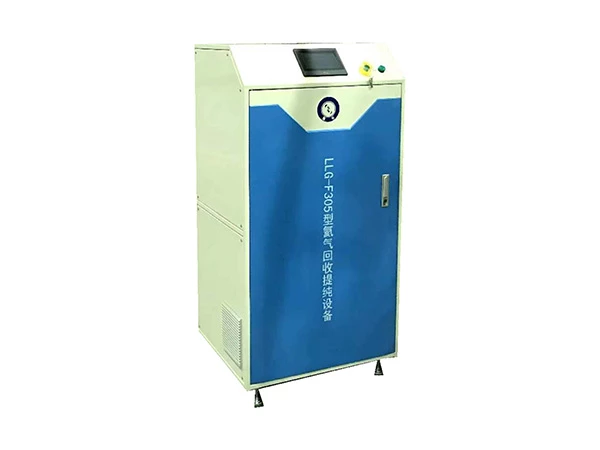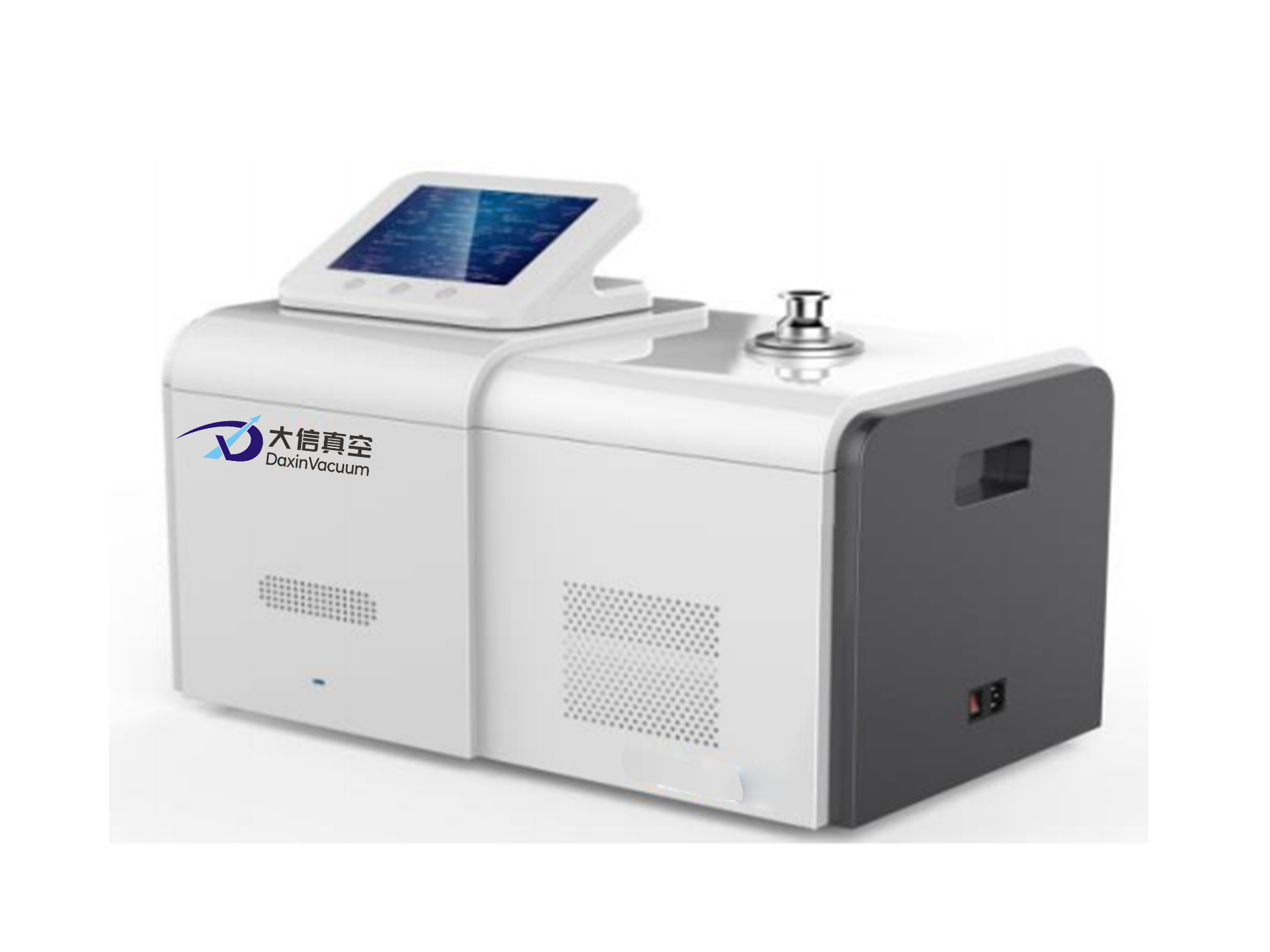Helium mass spectrometer leak detection is a highly sensitive and reliable method used to detect and locate leaks in various systems and components. It is commonly employed in industries such as manufacturing, aerospace, automotive, and HVAC.
The principle behind helium mass spectrometer leak detection is based on the fact that helium is an inert gas and has very small atomic size. This allows it to easily penetrate even the smallest leaks in a system. The process involves introducing helium gas into the system under test and then using a mass spectrometer to analyze the presence of helium outside the system.
Here is a general overview of the steps involved in helium mass spectrometer leak detection:
1.Preparation: The system to be tested is first isolated and evacuated to create a vacuum. This ensures that any helium detected during the test is due to leaks and not residual gas.
2.Helium introduction: Helium gas is introduced into the system, either through a dedicated port or by spraying helium tracer gas on the suspected areas.
3.Mass spectrometer analysis: The mass spectrometer, which is sensitive to helium, is used to analyze the surrounding area for the presence of helium. If there is a leak, helium will escape from the system and be detected by the mass spectrometer.
4.Leak detection and localization: The mass spectrometer provides information about the location and size of the leak. The operator can use this information to pinpoint the exact source of the leak.
5.Repair and retest: Once the leak is located, appropriate measures can be taken to repair or seal the leak. After the repair, the system can be retested to ensure that the leak has been effectively resolved.
Helium mass spectrometer leak detection offers several advantages, including high sensitivity, quick detection, and the ability to locate leaks in complex systems. It is particularly useful for detecting small leaks that may not be easily identified by other methods.
It’s important to note that helium mass spectrometer leak detection requires specialized equipment and trained personnel to perform the test accurately and safely.








